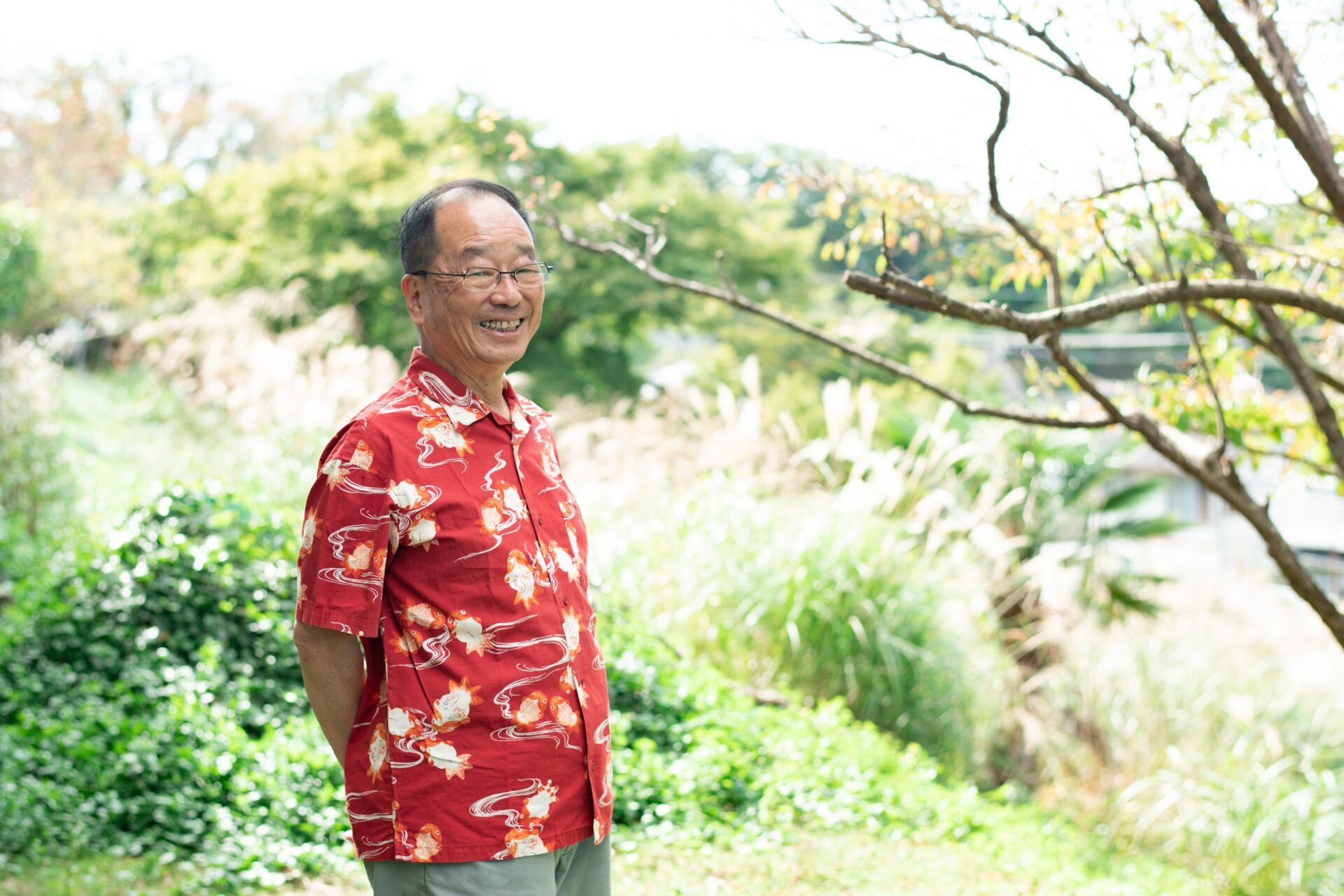Coffee, tea, liquor, tobacco, and shisha are things we consume purely for enjoyment. They are called “shikohin,” and they provide us with small comforts and happiness in our everyday lives.
The history of “shikohin” is ancient, and it is said that mankind has been enjoying beer since 3000 BC.
Masatoshi Takada is the president of the “Shikohin Study Project” and professor at Mukogawa Women’s University. He researches “shikohin” and defines it as follows:
“It is something that is consumed for the purpose of enjoying flavors or stimulation rather than for nutritional value. It has no particular benefit to the health of our bodies, but we find life a little lacking without them.”
Why have people been so drawn to “shikohin”? We spoke with Professor Takada about the history of “shikohin” and how modern day people who lead stressful lives can enjoy “shikohin” today.
A fixation despite its lack of nutrients
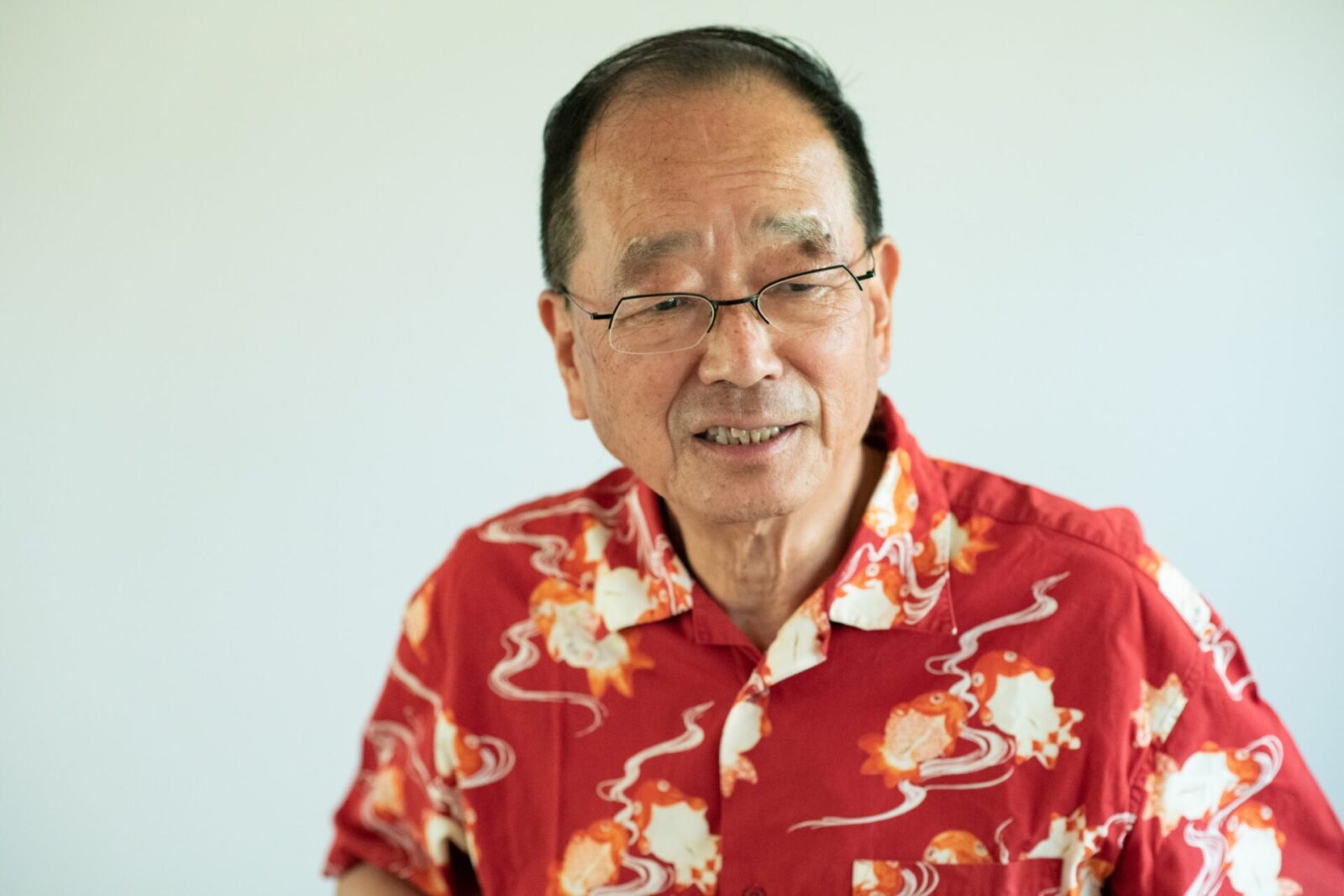
―― Professor Takada, when did you first encounter “shikohin”?
I believe it was in the 1950s when I was in elementary school and tried coffee for the first time. My older brother, who was a middle school student at the time, took me to a local coffee shop. That was my first encounter.
It was around the time of the Korean War (1950-1953) or right after the war had ended.
I had a very strong coffee with whipped cream in it. I still remember being amazed and in awe of the fact that there was such a delicious thing in this world.
Physicist and essayist Torahiko Terada, a student of Soseki Natsume, wrote the following in
“Introduction to the Philosophy of Coffee.”
“For my curious and child-like soul, which longs for all things exotic in the world, this southern and western aroma felt like a sweet breeze that traveled across the ocean from a faraway paradise.”
Of course, I was only a child, so my impression was not as complex as his, but when I read his essay as an adult it made me recall my childhood experience.
After I graduated from university I opened my own bar and travelled around the world. I would try out different “shikohin” that I encountered in different regions. For me, life itself is like a “shikohin.”
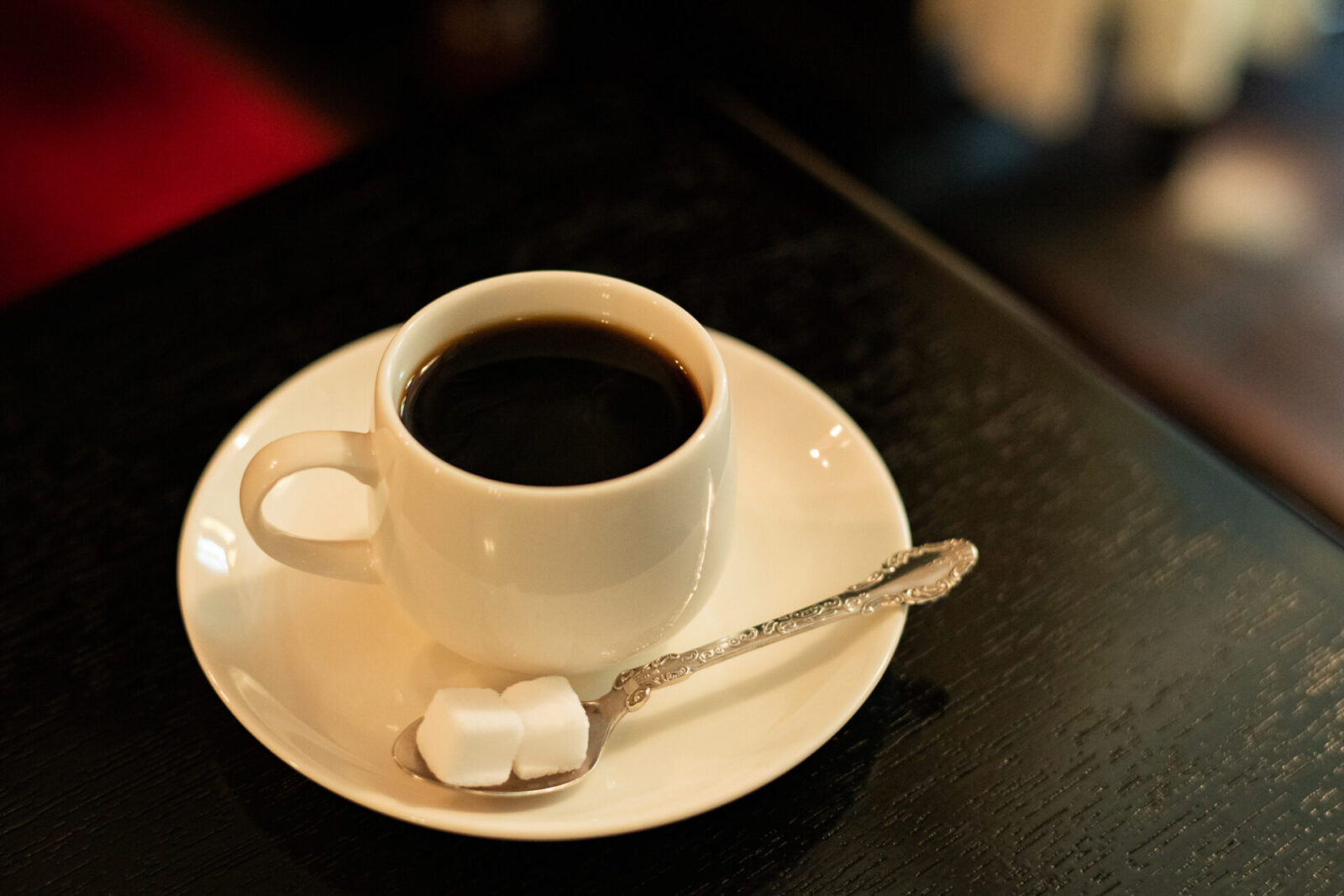
――Many people distinctly remember their first experience with coffee or alcohol like you do. Is there a common definition for “shikohin”?
If you look it up in the Kojien dictionary, it defines “shikohin” simply as “something that is consumed for flavor or stimulation rather than for nutritional need.”
In kanji, it literally means something you enjoy or like. However, the Chinese characters mean something a little different and it means “what we like and dislike.”
I believe there are five possible definitions for “shikohin.”
The first is that it is something that provides no nutritional or medicinal value. It is characterized as something that is not intended for nutritional value and serves no purpose in sustaining our lives.
However, it is something we miss if we don’t have it. Another important point is that it is something we enjoy that helps us facilitate social interaction.
In fact, there is no direct translation of the word “shikohin” in other languages.
The words “luxury” or “favorites” don’t quite fit, nor can it simply be described as “taste.”
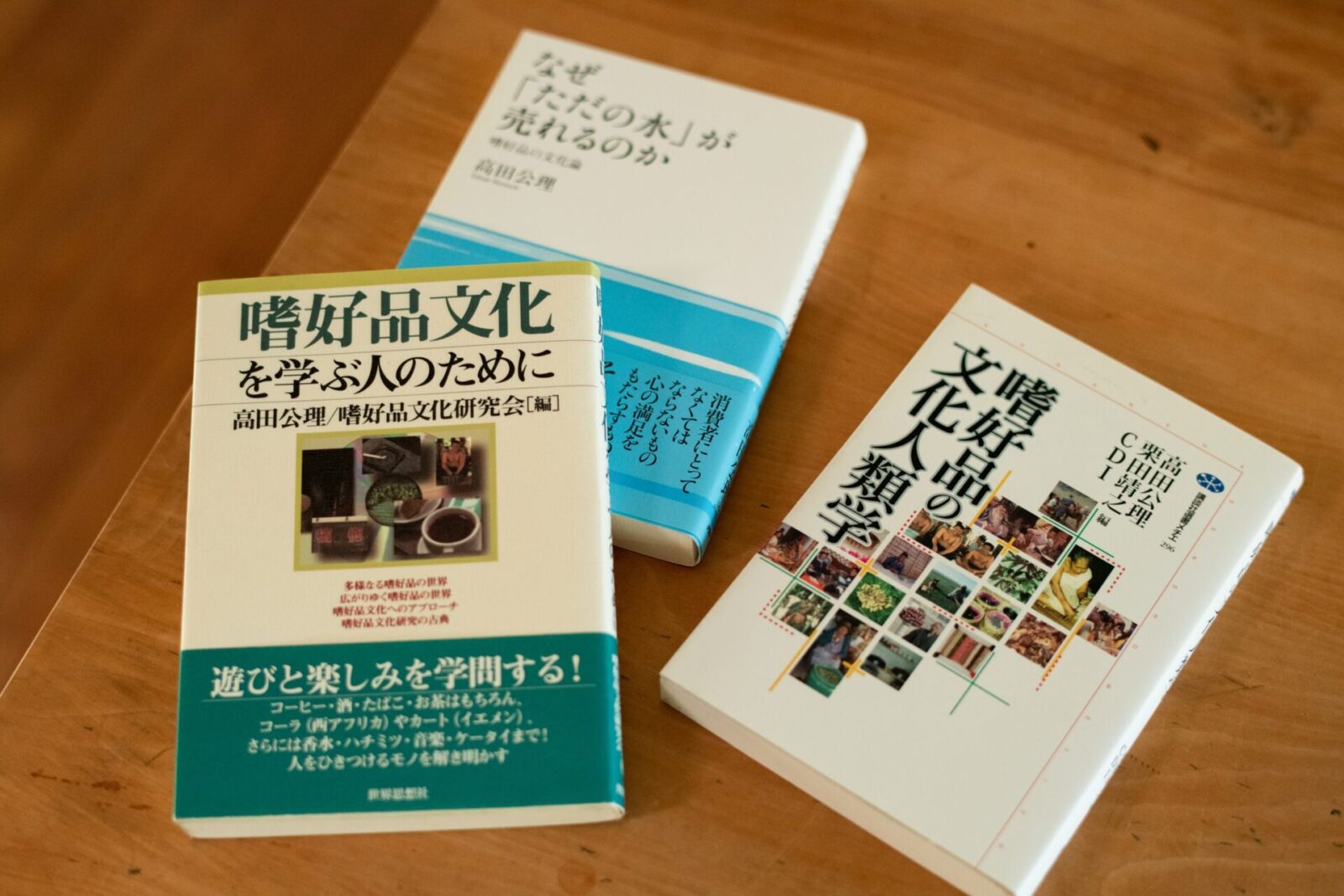
I think the only word “shikohin” translates into is the German word “Genuss-Mittel,” meaning “a way to enjoy,” or “luxury food.”
A famous writer from the Meiji Period, Mori Ogai, was one of the first people to use the word “shikohin” in his writings.
―― Ogai Mori was a doctor and he studied in Germany as a medical student. It is said that he was fluent in German.
The word “shikohin” may be a Japanese word created by Ogai himself.
In the short story “Fujidana” published by Ogai in 1912, there is the below passage:
“There are many things in life that can be poisonous, not to mention medicines and other necessities such as ‘shikohin.’ Fear over them causes society to try to eliminate these poisonous things from our lives completely, which in effect alienates us from things we really need. The demands become too great, and it becomes an impossible task.” (Ogai Mori, “Fujidana”)
―― He described ridding society of “shikohin” as an impossible task?
Ogai wrote “Fujidana” in the 1910s after experiencing the Sino-Japanese War and the Russo-Japanese War, which was before WWI. This coincided with the period where Japan went through a sudden transition into a capitalist economy and rapid modernization and urbanization.
Society changed dramatically and the social systems were rewritten. New organizations, such as corporations and local governments were created. As people were integrated into these new systems it probably had a big impact on social relationships.
Along with the arrival of a new age, people were put under a new kind of stress that they had never experienced before. It was during this era that Ogai created the word “shikohin.”
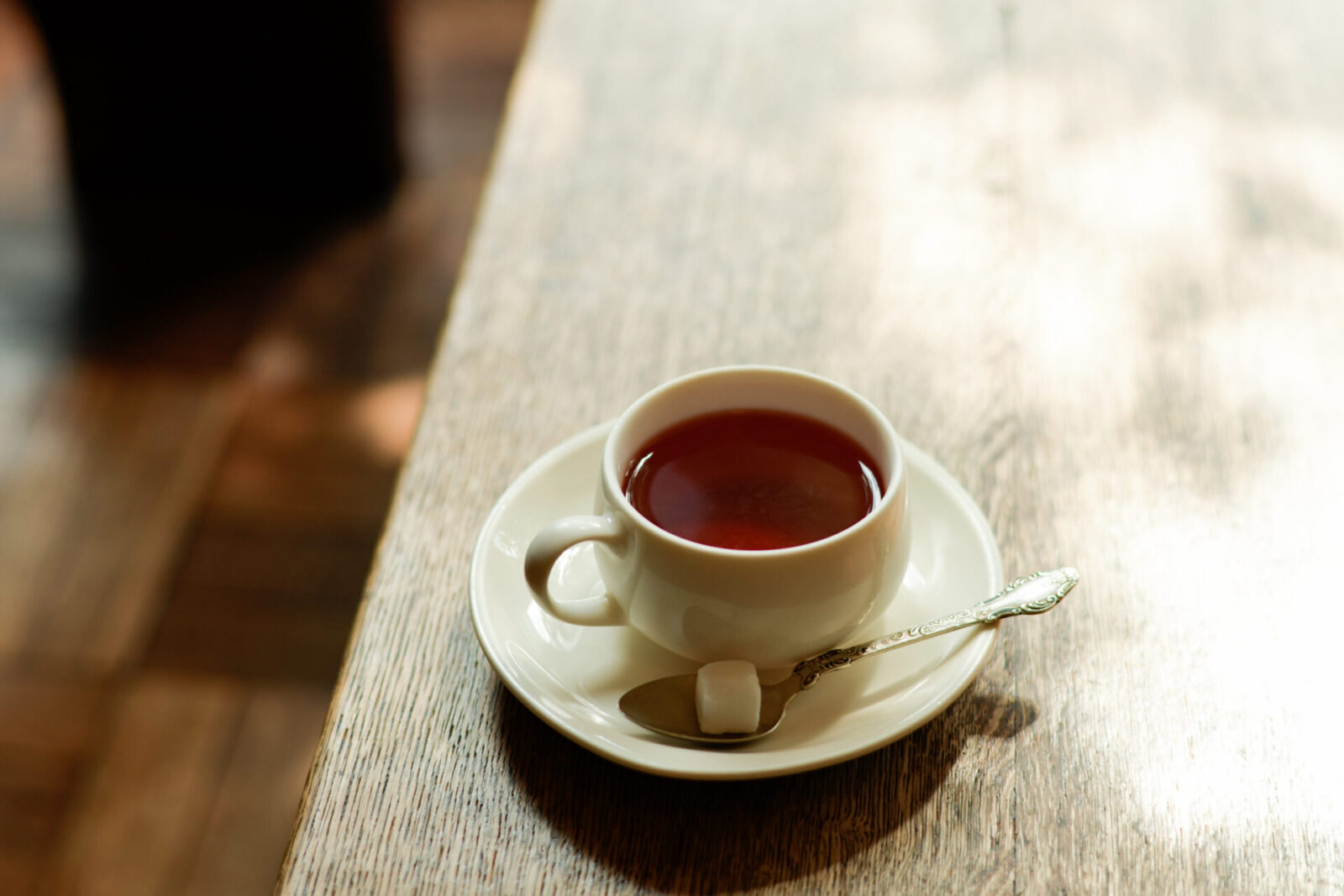
These new stresses were relieved by “shikohin” such as alcohol, tobacco, tea, and coffee. This is why I think Ogai wrote that eliminating them was “an impossible task.”
Looking at countries outside Japan, the USA implemented the Prohibition Act about ten years later in the 1920s. This prohibited the sales of alcohol, but not the act of drinking alcohol.
As a result, the sales of alcohol in the black market increased. This had negative repercussions, such as providing a source of income for the mafia, so the law itself was eventually repealed.
It became an example of what Ogai described as “an impossible task” and perhaps it can be said that the passage in “Fujidana” predicted the future of the Prohibition Act in the USA.

The countless types of “shikohin”
―― What kind of effects do you think “shikohin” have on people?
The Kojien dictionary lists “alcohol, tea, coffee, and tobacco” as representative items of “shikohin,” but in this day and age, all kinds of things are becoming “shikohin.”
I mentioned that the definition of “shikohin” is something to “enjoy” and to “facilitate social interactions.” In a stressful world, like our society today, I believe “shikohin” is a necessary part of life.
For example, I believe that any kind of food or drink that is consumed for enjoyment is a kind of “shikohin.”

―― You mean there are endless types of “shikohin”?
To give an extreme example, even our staple food, which is rice, can be a “shikohin.”
Even for rice, we all have our preferences, such as wanting the Akitakomachi brand for sushi, or the Sasanishiki brand for rice balls.
Originally, rice was consumed for the purpose of providing our bodies energy. However, after the reclamation of Hachiro Lagoon was completed in Akita Prefecture in 1977, rice production and consumption began to decline in Japan.
Now, when we talk about going on a diet, we are often told to avoid eating carbohydrates such as rice. Foods with less calories are considered more desirable.
On the other hand, there are people who enjoy rice because it tastes good, and they seek out certain rice brands. Some restaurants promote the fact that they only serve domestically grown rice.
When you look at these trends, you can say that even our staple food rice has become a kind of “shikohin.”
To express my point further, the same can be said about water. I believe mineral water is becoming a kind of “shikohin.”

―― Looking back in history, what are the oldest types of “shikohin” enjoyed by mankind?
That’s a tough question since there is no empirical data. However, I do believe it was important that “shikohin” was something that was put in the mouth.
Perhaps things like salt and honey were the beginnings of “shikohin.”
In terms of ancient things, the same can be said about alcohol. Beer, for example, is believed to date back to the Mesopotamian Era, or around 8000 to 4000 BC.
It is said that beer was common in Egypt from around 3000 BC. They would dissolve wheat bread in water and ferment it to make a beer.
Of course, it varies with region. The Pygmies (hunter-gatherers in Central Africa) and the Inuit (living in the Canadian Arctic) had different access to salt and fats.
I believe that “shikohin” are things that are only found in specific regions or are very rare.
For example, the first plant to be used as tobacco was a very rare plant found in Central America that is related to the eggplant. It was introduced to Europe after Colombus traveled to America in 1492.
At the time, Europe was in the midst of the Little Ice Age, where temperatures were low and various diseases, including the plague, were rampant. Tobacco was considered a medicine to treat all diseases.

Changing the course of history and leading a new era
―― Would you say that “shikohin” was something that was originally enjoyed in only specific regions of the world?
One example is coffee. It can only be grown in the highlands between 20 degrees north and 20 degrees south latitude. Originally it was a plant that grew on the Abyssinian Plateau in Ethiopia. It was introduced to Islamic countries and then to Europe around the 17th century.
For tea, it is said to have originated in the evergreen forests found around the base of the Indochina Peninsula in Southeast Asia to Yunnan in China. It was introduced to Europe through Japan in the 17th century and became a “shikohin” that is enjoyed around the world.
The same is true for sugar. All sugar was made from sugar cane before the use of beets became popular. The origin of sugar is believed to be from New Guinea. Islamic countries helped spread it around the world and it was introduced to Europe through the expeditions of the Crusaders.

In medieval Europe, sugar was so rare and valuable that it was sold in medicinal shops. Because it is high in calories, it was handled as a medicine because it provided lots of energy.
As coffee and tea spread through Europe in the 17th century, the demand for sugar also increased. European and Western nations set out to colonize various countries in order to acquire sugar and the sugar trade generated enormous wealth. By the 19th century it became central to the global economy.
Health-conscious people now tend to avoid sugar and sugar free sweeteners are becoming another type of “shikohin.”

―― So the growth of the global economy and passage of time helped spread the use of “shikohin”?
From there, culture developed as well. In 17th century England, coffee houses where people gathered to socialize became very popular.
Merchants would drink coffee or eat chocolate while reading the newspaper and share information on their businesses at these shops.
Lloyds, a world leading insurance market in the UK, also originated from coffee houses. The spread of newspapers was also expedited by the existence of coffee houses. It can be said that coffee houses were at the root of what formed our capitalist society today.
The “shikohin” created hubs where people shared the space and time that founded this new era.
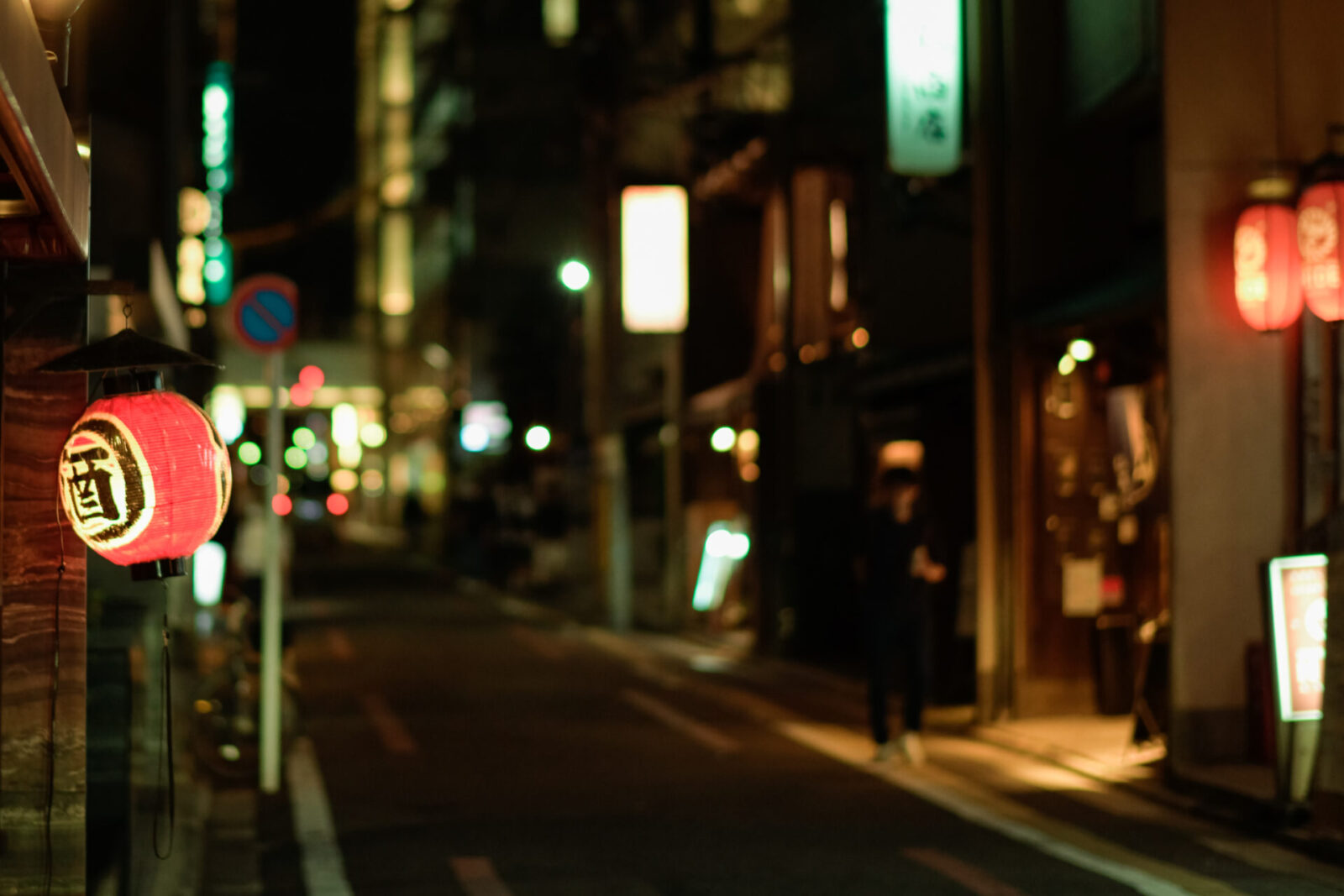
To enjoy “shikohin” is to experience a modernized society
―― We are currently living in a time where we are faced with both a pandemic and an overflow of information. It seems that people are spending less time drinking tea or coffee with others, or sharing a smoke with someone.
I think people are also now thinking back and reminiscing about how precious that way of spending time was back when it was the norm.
However, once we overcome the pandemic, people who have been meeting online will want to meet in person, and social gatherings will commence once again.
As a result, I think this will ignite the emergence of other new “shikohin.”
―― We are also living in a time where we can see that there are limits to economic growth. People now no longer see alcohol and cigarettes as a form of dandyism, or a way to face the stress of work like they did during the period of rapid economic growth.
Rather than focusing solely on “growth,” we should learn to enjoy “shikohin” as a part of living in an economically mature society. I think this way of thinking will become more important in the future.
There is an increase in non-alcoholic or low alcohol drinks in the market today. In addition to cigarettes, there is an increasing number of people who enjoy shisha, especially among the younger generation.
As people find new unconventional ways to relieve stress, it is very possible that new “shikohin” will become popular.
We live in an era where we are free to choose our “shikohin” of choice. These help us relax or feel better. Author Haruki Murakami describes this as “shokakko.”

―― What does “shokakko” mean?
It means “little but certain happiness.” “Shikohin” will contribute to that concept. I believe “shikohin” will be an important part for every individual to find their own paths of happiness and enjoy life.
The kanji character for “shi” in “shikohin” is made up of a combination of characters, “old”, “mouth” and “flavor.” If you interpret the character for “old” as “maturity,” it makes a lot of sense.
The act of enjoying “shikohin” is a way for us to enjoy ourselves in a matured society.
The global economy of the 19th century was greatly influenced by the people’s desire for sugar. However, in our current world, people are becoming more health-conscious and avoid sugar. I have a feeling we are living in an age where we are in the midst of another turning point.

Neither festive or ordinary, but a world for enjoyment
―― With the birth of social media, we are now constantly connected to each other, but also find it hard to escape and take breaks. It seems people are more tired psychologically, but do you think that there are “shikohin” experiences that are to be found in this “matured” society?
Folklorist Kunio Yanagita defined annual festivities and ceremonies as “Hare” and daily life as “Ke.”
Both “Hare” and “Ke” involve socializing with people in public places, but I feel that there is room here for “Suki,” or “enjoying things we like.”
I think that the world of enjoyment can be found in areas just outside of public spaces.
“Suki” can be expressed in the same kanji characters used to describe elegance in the world of tea, as well as the characters for “like and dislike” or “space.” All of these characters can be read as “suki” and describe a time and space that exists just outside of public spaces.
I think you can also describe it as a “positive escape.” By enjoying “shokakko,” or small happinesses, in a place that is detached from the outside world, I think we can find our own way to experience something that melts time.

―― I see. Making time for “suki.”
Cultural anthropologist Tadao Umesao viewed human history in three periods: the beginning of agriculture, the beginning of industry, and the arrival of the information age.
For example, before the beginning of agriculture, the most important job was to hunt and gather food. Once agriculture began, hunting and fishing became a sport or a hobby.
With the arrival of the industrial age, gardening became a hobby as an extension of the agricultural lifestyle.
Now we are in the age of information. As an extension of the industrial age, we do craftwork as a hobby. A perfect example of this is the crafts shop, Tokyu Hands.
Earlier I said that all things can become “shikohin” in this new age. This is another way of saying that in the next generation, all “work” may include an aspect of “play.”
If we can find a place for “suki,” that is neither festive or ordinary, but simply for enjoyment, I think we can find some leisure in our daily lives.
When you are tired, try taking a moment away from the daily grind and find your own personal “suki” and thoroughly enjoy “shikohin.”
This will surely become the enjoyment in your life that brings you little but certain happiness.
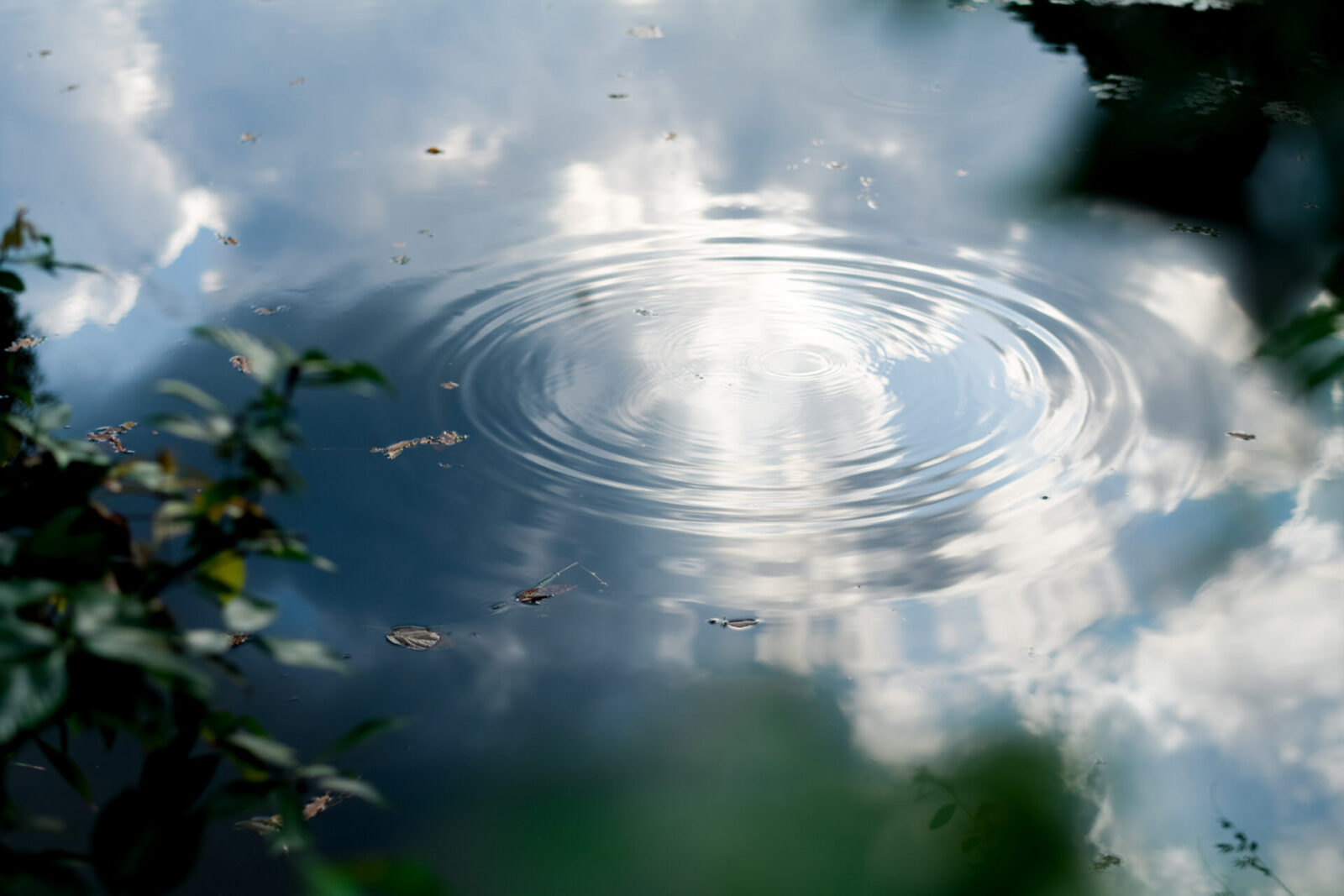
Photo: Yuko Kawashima
Translation: Sophia Swanson
Reporter for Business Insider Japan. Born in Shinjuku-ku, Tokyo. Taught world history as a high school teacher, worked for Huffngton Post Japan and BuzzFeed Japan before assuming current position. Interests incude economics, history, and culture. Covers a wide range of topics from VTuber to Rakugo and is interested in food culture from around the world.
Editor and creator of the future through words. Former associate editor of Huffington Post Japan. Became independent after working for a publishing company and overseas news media. Assists in communications for corporates and various projects. Born in Gifu, loves cats.
